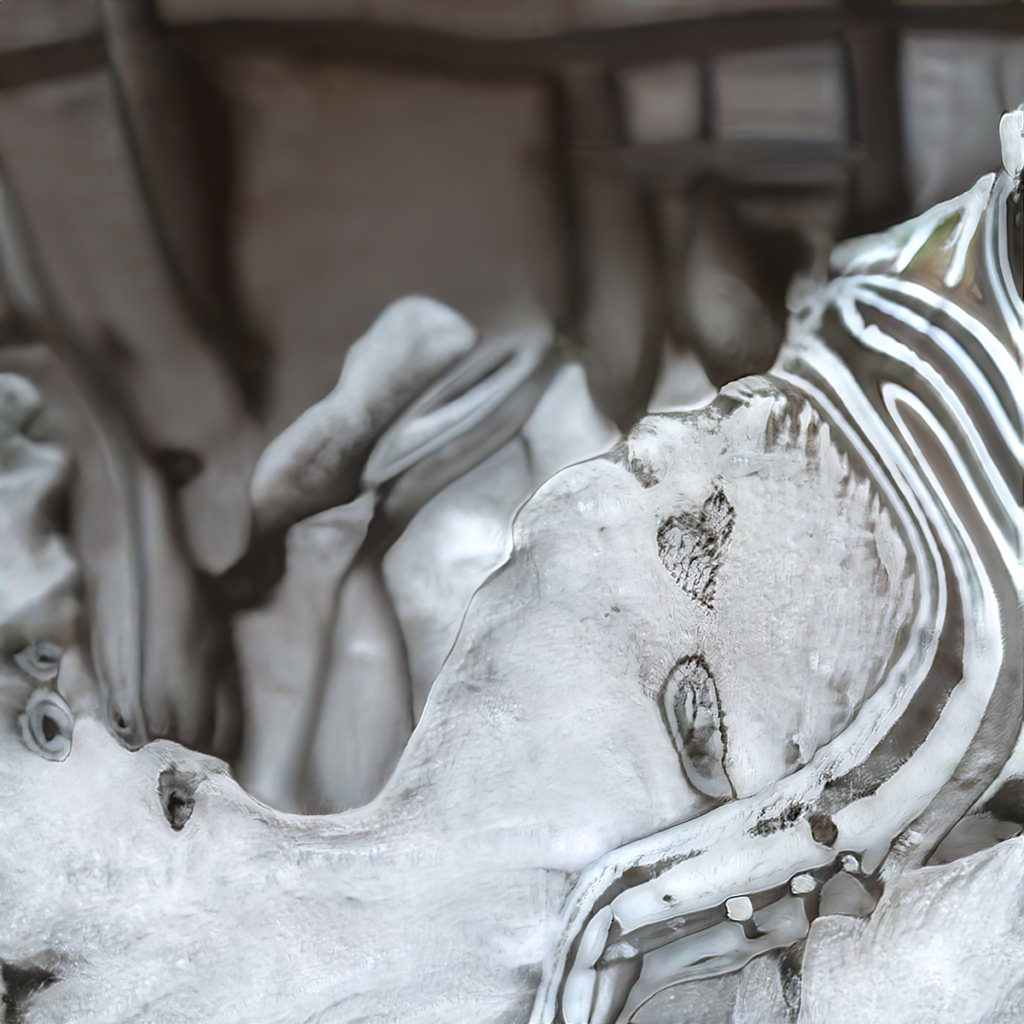Réversibilité involontaire de la technique / Involuntary reversibility of the technique

Si on essentialise parfois conceptuellement les technologies en y cherchant une structure permettant de passer du médium au message, du support matériel à la signification, on peut aussi inverser ce rapport et ne faire des technologies qu’un reflet de l’intention humaine selon la conception classique de l’instrumentalité anthropologique (Aristote). Mais au-delà de l’opposition entre l’autonomie et l’hétéronomie des technologies, une autre voie s’ouvre à partir de leur expérimentation artistique.
A la figure devenue classique du hacker-artiste qui détournerait les technologies pour en dénoncer les méfaits aux mains d’une minorités au pouvoir et espérant par là même une prise de conscience démocratique du grand nombre, il existe une expérimentation involontaire des technologies. Involontaire au sens où en suspendant toute volonté qui oriente habituellement les relations hiérarchiques en les causes formelle, matérielle, finale et effisciente, cette manière de faire s’attaque à ce qui organise la structure de la technique. Or cette suspension de la volonté est difficile à même envisager car la critique de la domination technologique répète le plus souvent le discours volontariste en exigeant une réflexion, une critique, une appropriation, une enquête réflexive, un détournement, et répète par là même la structure fondamentale qu’elle croit déconstruire : une monotechnologie. Elle produit le discours d’une volonté s’opposant à une autre volonté. Or cette volonté, on le sait, en tant que structure fondamentale de la pensée et de l’action n’est pas sans conséquence sur l’utilisation de la Terre. Elle a pour nom, arraisonnement.
Ces expérimentations involontaires n’ont donc pas pour objectif d’exprimer un message, de donner un point de vue, de développer une critique dont la signification serait connue à l’avance. Elles tentent de s’hybrider, dans une volonté convertie en imagination, avec les techniques et permettent de déployer d’autres possibilités que celles que nous connaissons. Il ne s’agit pas simplement d’alternatives où on ajouterait d’autres possibilités à la réalité (1+n), mais d’une autre conception de la possibilité même et par là même de la technologie envisagée selon sa diversité. Elles opposent au réalisme de l’usage, que celui-ci soit dominant ou critique, une relation spéculative à la technique. La question n’est plus la valeur d’usage univoque “A quoi ça sert?” ou “A quels besoins ça répond?”, mais la multiplicité de “Qu’est-ce que ça produit sans que nous l’attendions?” ou en d’autres termes “Qu’est-ce que ça métamorphose?”.
Ainsi l’expérimentation artistique de l’IA ouvre de façon organique une IA toute différente de celle de la prédiction, du calcul et de contrôle que l’on trouve dans l’ingénerie et le monde des entreprises. En utilisant exactement les mêmes codes, on produit une autre structure parce qu’on est entré dans une autre relation avec le code. La vérité de l’informatique n’est pas le code (version platonicienne ou hégélienne), n’est pas la finalité (version aristotélicienne), ne vise pas une enquête permettant l’autoexplicitation (version latourienne), mais est relationnelle : l’anthropologique et le technologique se définissent dans un rapport de réciprocité et ne sont que cette relation.
Ainsi l’art peut redevenir la technique en un sens élevé.
–
If technologies are sometimes essentialized by looking for a structure that allows us to move from medium to message, from material support to meaning, we can also reverse this relationship and make technologies only a reflection of human intention according to the classical conception of anthropological instrumentality (Aristotle). But beyond the opposition between the autonomy and heteronomy of technologies, another path opens up from their artistic experimentation.
To the now classic figure of the hacker-artist who would hijack technologies to denounce their misdeeds at the hands of a minority in power and thereby hoping for a democratic awareness of the many, there is an involuntary experimentation of technologies. Involuntary in the sense that by suspending all will that usually guides hierarchical relations into formal, material, final and effiscient causes, this way of doing things attacks what organizes the structure of technology. However, this suspension of will is difficult to even envisage because the critique of technological domination most often repeats the voluntarist discourse by demanding reflection, criticism, appropriation, reflexive inquiry, diversion, and thereby repeats the fundamental structure it believes it deconstructs. It produces the discourse of one will opposing another will. This will, as we know, as a fundamental structure of thought and action is not without consequences for the use of the Earth. It is called boarding.
The aim of these involuntary experiments is therefore not to express a message, to give a point of view, to develop a criticism whose meaning would be known in advance. They attempt to hybridize, in a will converted into imagination, with techniques and allow the deployment of other possibilities than those we know. They are not simply alternatives where other possibilities would be added to reality (1+n), but another conception of possibility itself. They contrast the realism of use, whether dominant or critical, with a speculative relationship to technique. The question is no longer the use value “What does it serve” or “What needs does it meet”, but “What does it produce without our expecting it” or in other words “What does it transform? ».
Thus the artistic experimentation of AI opens up in an organic way an AI that is quite different from the prediction, calculation and control found in engineering and the corporate world. By using exactly the same codes, we produce another structure because we have entered into another relationship with the code. The truth of computer science is not the code (Platonic or Hegelian version), is not the finality (Aristotelian version), does not aim at an investigation allowing self-explanation (Laturian version), but is relational: the anthropological and the technological are defined in a relationship of reciprocity and are only this relationship.
In this way art can again become technique in a full meaning.
